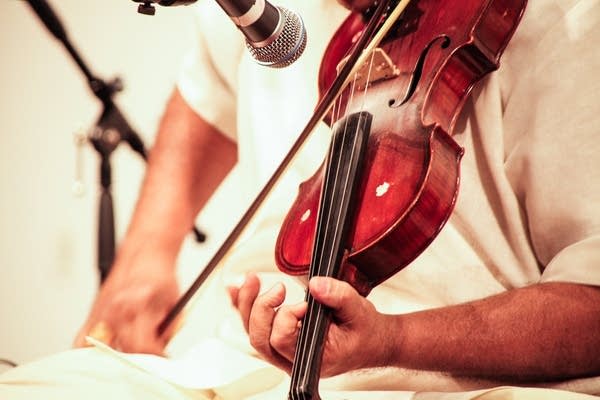Music has been a part of human civilization for thousands of years, evolving alongside cultural and technological advancements. While modern music incorporates electronic beats, digital production, and synthesized sounds, many of its core elements can be traced back to ancient musical traditions. From rhythms and melodies to instruments and performance styles, the past continues to shape contemporary music in fascinating ways. Here are seven ancient musical traditions that are still present in today’s songs.
1. Pentatonic Scales in Blues and Rock
The pentatonic scale, a five-note musical scale, dates back to ancient China, Greece, and various indigenous cultures. This scale forms the backbone of blues, rock, and even jazz. Many iconic guitar riffs, including those from artists like B.B. King and Led Zeppelin, are built on the pentatonic scale. The reason for its longevity is its natural harmonic appeal, making it an essential tool for improvisation and melodic expression across multiple genres.
2. African Polyrhythms in Hip-Hop and Pop
Polyrhythms, a musical technique where multiple rhythmic patterns are played simultaneously, originated in Africa and have been integral to traditional drumming and dance music for centuries. Today, these complex rhythmic structures are found in hip-hop, reggaeton, funk, and electronic dance music. Artists like Fela Kuti, who pioneered Afrobeat, helped bridge the gap between traditional African rhythms and modern music, influencing countless contemporary musicians.
3. Gregorian Chants in Film Scores and Ambient Music
Gregorian chant, a form of medieval sacred music, is known for its ethereal, monophonic melodies. This tradition, developed in the early Christian church, has influenced modern film scores, choral music, and ambient compositions. Artists like Enigma and composers like Hans Zimmer frequently incorporate chant-like vocal lines to evoke a sense of mystery, spirituality, and grandeur in their work.
4. Middle Eastern Maqams in Jazz and Electronic Music
The maqam system, which consists of microtonal scales and intricate melodic patterns, has been a staple of Middle Eastern music for centuries. Today, musicians in jazz, fusion, and electronic genres incorporate maqam-inspired melodies to add a sense of exoticism and complexity to their compositions. Artists such as John Coltrane experimented with maqams, blending them with Western improvisation techniques to create groundbreaking music.

5. Indian Ragas in Psychedelic and Progressive Rock
Indian classical music, which revolves around the raga—a complex melodic framework—has had a significant impact on Western music. The 1960s saw a surge in raga-inspired rock and psychedelic music, thanks to artists like The Beatles and The Rolling Stones, who were influenced by Indian sitarist Ravi Shankar. Today, elements of raga can be heard in progressive rock, trance, and world fusion music, where modal improvisation and drone elements create hypnotic soundscapes.
6. Indigenous Chants in Folk and New Age Music
Indigenous musical traditions, including Native American, Australian Aboriginal, and Siberian shamanic chants, have been preserved and adapted in modern music. Folk artists, world music composers, and New Age musicians often incorporate these ancient vocal traditions to evoke a connection with nature and spirituality. The use of throat singing, drumming, and traditional flutes has brought these ancestral sounds into contemporary compositions.
7. Flamenco and Arabic Rhythms in Latin and Pop Music
Flamenco, a Spanish musical tradition rooted in Arabic and Romani influences, is characterized by its intricate rhythms, handclaps, and passionate vocal styles. Modern Latin music, including genres like reggaeton and pop, draws heavily from flamenco’s rhythmic patterns. Artists such as Rosalía have embraced flamenco elements in their music, blending them with electronic beats and urban influences to create globally popular hits.
While music constantly evolves, the deep historical influence of music ensures that ancient traditions never truly disappear. Whether through the use of scales, rhythms, or vocal techniques, these time-honored practices continue to shape modern soundscapes. As musicians explore and blend old traditions with new technologies, they create fresh and innovative music that still carries echoes of the past.






